How Does A Bong Work: The Science Explained

Many people find smoking through a bong confusing. A bong is a type of water pipe used for smoking cannabis. This article explains the science behind how a bong works to make smoking smoother.
Keep reading to learn more!
Key Takeaways
- A bong cools and filters smoke by passing it through water, making smoking smoother and less harsh on your throat and lungs.
- Water filtration in a bong catches harmful substances and ash, providing cleaner inhalation with reduced toxins.
- The cooling effect of the water in a bong leads to less irritation from heat, offering a more enjoyable smoking experience.
- Research supports that using a bong can remove some tar and toxins from smoke while delivering THC efficiently.
The Science Behind A Bong
The bong uses water filtration, cools the smoke, and filters out tar and toxins in the smoke.
Using a bong provides a smoother hit while reducing harshness on your throat and lungs.
Water filtration
Water filtration plays a crucial role in how a bong works. Smoke from the combustion of cannabis passes through water before reaching your lungs. This process filters out some harmful substances and ash that would otherwise enter your body.
It acts like a barrier, catching the bad stuff while letting the smoke continue its journey.
Cooling also happens during this stage. The water lowers the temperature of the smoke, making it smoother and cooler by the time you inhale it. This means less irritation for your throat and lungs, offering a more pleasant experience overall.
Cooling of smoke
Smoke is cooled as it passes through the water in a bong. This reduces the harshness of the smoke when you inhale, making for a smoother toke that's easier on your throat and lungs.
The science behind this cooling effect lies in the chemical bonds of the smoke being altered as it interacts with the water, resulting in a more pleasant smoking experience.
As smoke travels through the water filtration system of a bong, it undergoes vaporization and percolation processes. These mechanisms efficiently cool down and filter out toxins from the smoke before inhalation, leading to a gentler hit.
Filtering of smoke
A bong filters smoke by passing it through water, which helps to remove impurities and cool down the temperature of the smoke. As the smoke passes through the water, certain harmful toxins and particles get trapped, resulting in a cleaner inhalation experience.
This filtration process also reduces the harshness of the smoke on your throat and lungs, making each hit smoother and more enjoyable. The use of water in a bong is designed to enhance your smoking experience by providing a purer and cooler inhale compared to other methods.
Benefits of Using A Bong for Smoking
Using a bong provides a smoother hit and reduces harshness on your throat and lungs, making the smoking experience more enjoyable. Studies show the effectiveness of using a bong for filtering smoke, providing additional benefits beyond just cooling.
Smoother hit
A bong provides a smoother hit by cooling and filtering the smoke. The water in the bong helps to cool down the smoke, making it less harsh on your throat and lungs. As you inhale, the smoke travels through the water, which removes some of the heat and particulates from it.
Using a bong can reduce irritation and coughing associated with smoking directly from a joint or pipe. This is due to the water filtration process that takes place as you inhale, resulting in a more enjoyable smoking experience.
Reduced harshness on throat and lungs
Using a bong reduces the harshness of smoke, making it smoother on your throat and lungs. The water filtration system eliminates some of the irritating elements in the smoke, providing a more comfortable smoking experience.
Studies also support that using a bong can lessen the impact on your throat and lungs when compared to other smoking methods.
When using a bong, the smoke is cooled as it passes through the water and into your lungs, resulting in reduced irritation to your throat and lungs. This cooling effect helps to create a smoother hit than with other smoking methods.
Studies on the effectiveness of bongs
Research consistently shows bongs may have some benefits for smokers. Here's a succinct breakdown.
| Study Aspect | Findings |
|---|---|
| Water Filtration | Effectively removes some tar and toxins from smoke. |
| Cooling Effect | Smoke is cooler, leading to a smoother experience. |
| Smoke Filtration | Reduces the presence of harmful substances. |
| Impact on Throat and Lungs | Users report less irritation compared to traditional smoking methods. |
| Overall Effectiveness | Bongs are considered more efficient in delivering THC. |
Conclusion
In conclusion, a bong works by filtering and cooling the smoke through water, providing a smoother hit. Studies show it reduces harshness on the throat and lungs. The science behind it enhances the smoking experience for cannabis users.
FAQs
1. What is a bong?
A bong is a type of water pipe used to smoke marijuana, making the experience smoother through its unique design.
2. How does the water in a bong make smoking smoother?
The water in the bong cools down the smoke and filters out particles, which makes taking a hit less harsh on your throat.
3. What does percolation mean in terms of using a bong?
Percolation refers to the process of smoke passing through water, getting filtered and cooled down before inhalation, enhancing the smoothness of each puff.
4. Why do people use bongs instead of other methods to smoke marijuana?
People choose bongs because they use water filtration to provide a cooler, cleaner, and smoother smoking experience compared to direct methods like rolling papers.


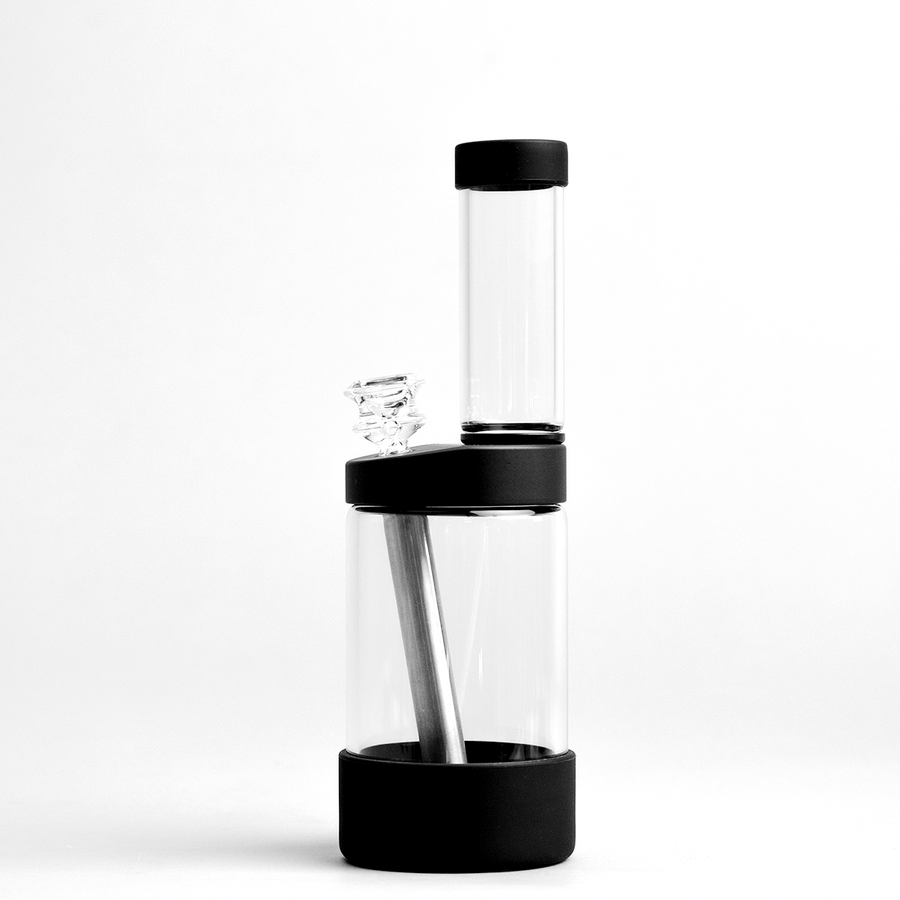
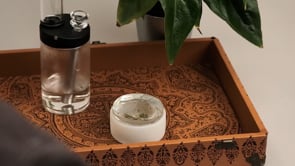
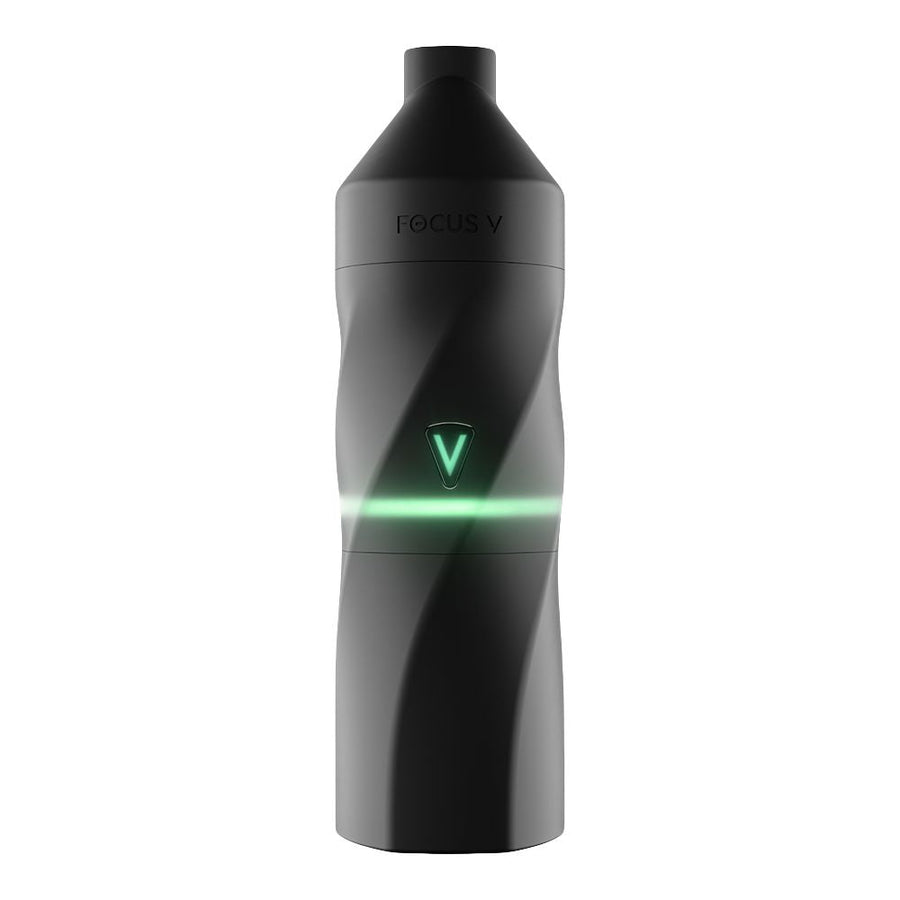
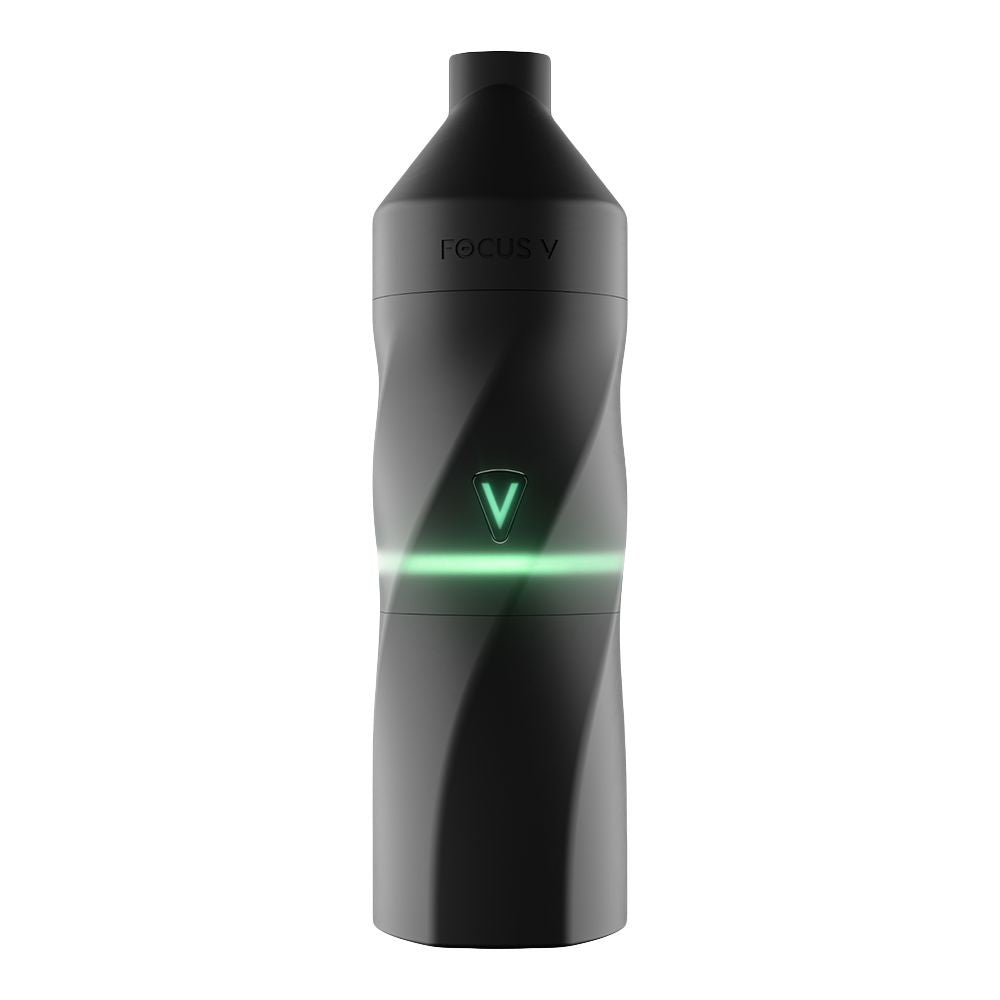
![Vessel Helix Pipe [Copper] - Headshop.com](http://www.headshop.com/cdn/shop/files/ad3c0443-b76d-4fe5-84b8-a617dd50a950.jpg?v=1747419387&width=900)
![Vessel Helix Pipe [Copper] - Headshop.com](http://www.headshop.com/cdn/shop/files/7b0e06e3-9106-4684-80e4-408362c34085.jpg?v=1747419388&width=1000)
![Vessel Wood Vape Pen Battery [White/Beechwood] + - Headshop.com](http://www.headshop.com/cdn/shop/files/4ecd5d0f-363a-454e-a7a0-229fb93bf456.jpg?v=1725470645&width=900)
![Vessel Wood Vape Pen Battery [White/Beechwood] + - Headshop.com](http://www.headshop.com/cdn/shop/files/d232e493-09e6-4574-b44c-3e2bde9425b4.jpg?v=1725470647&width=1000)
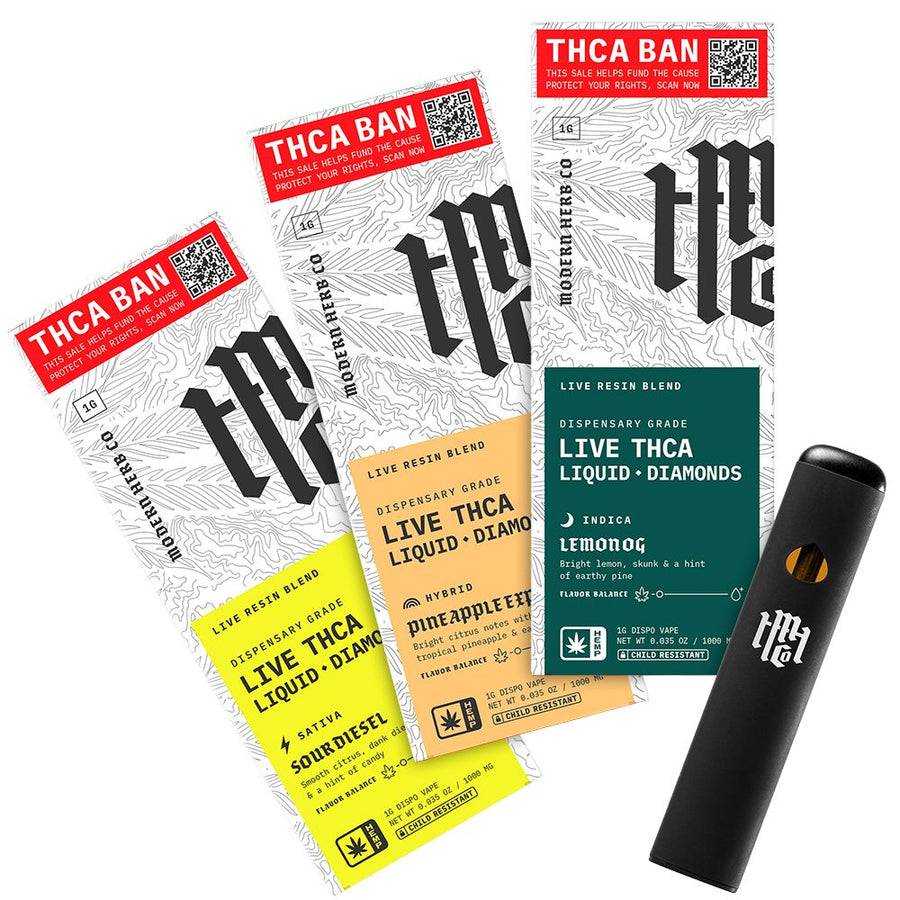
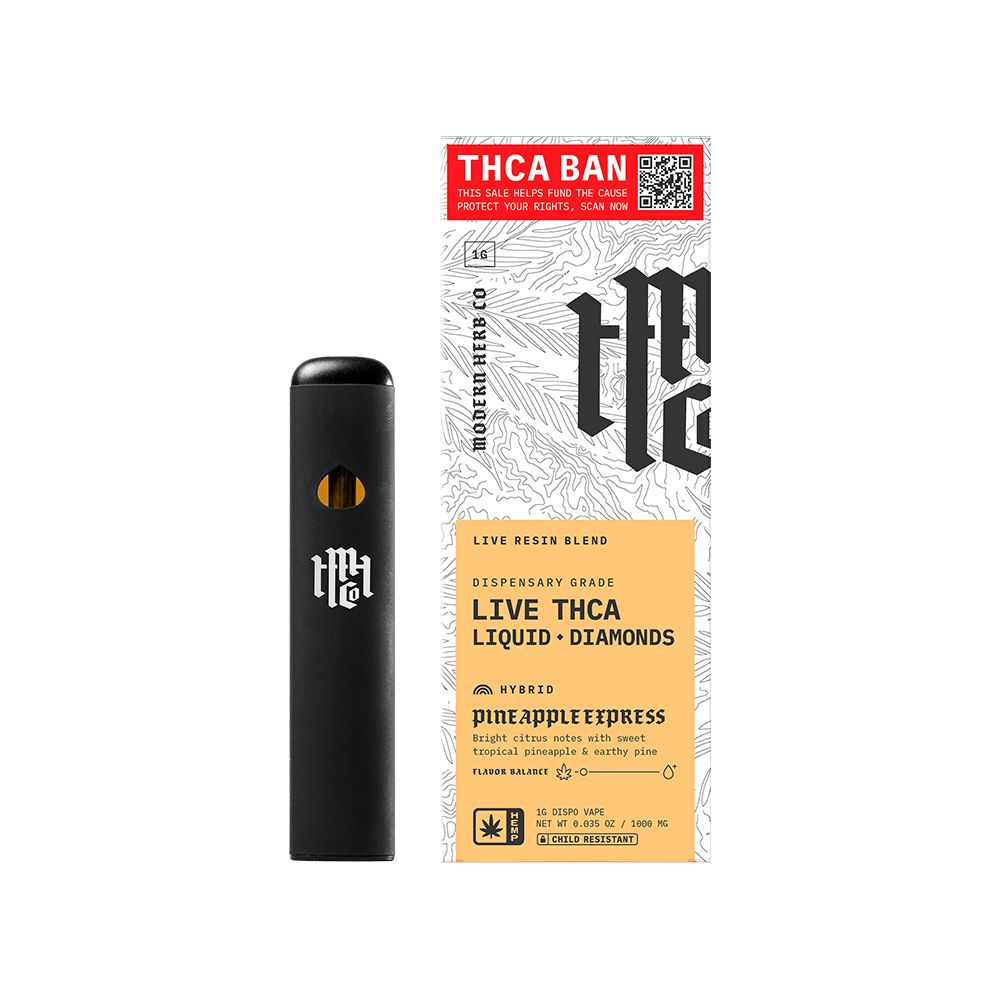
![Vessel Compass Apex Charger [Black] - Headshop.com](http://www.headshop.com/cdn/shop/files/f10e6bf4-6ce7-4a59-a50e-a4184f069754.jpg?v=1729115238&width=900)
![Vessel Compass Apex Charger [Black] - Headshop.com](http://www.headshop.com/cdn/shop/files/dce98c70-346c-405f-aca8-d59c7feed96d.jpg?v=1729115240&width=1000)
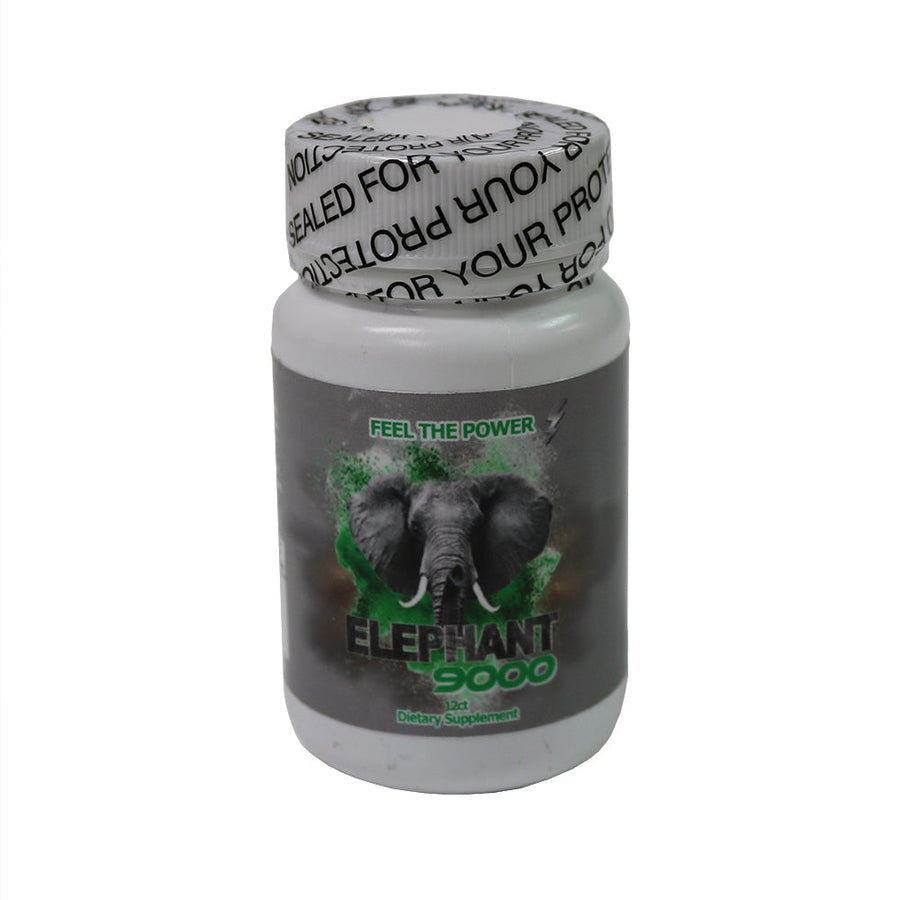
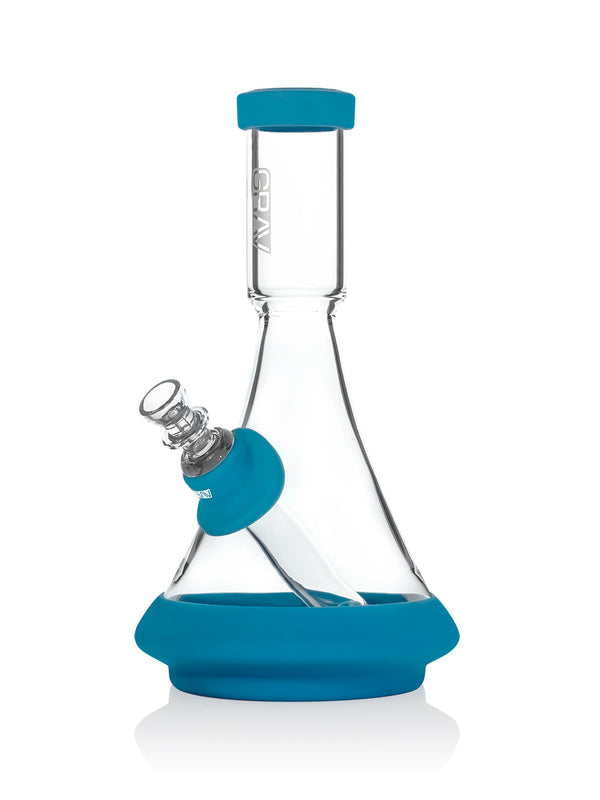
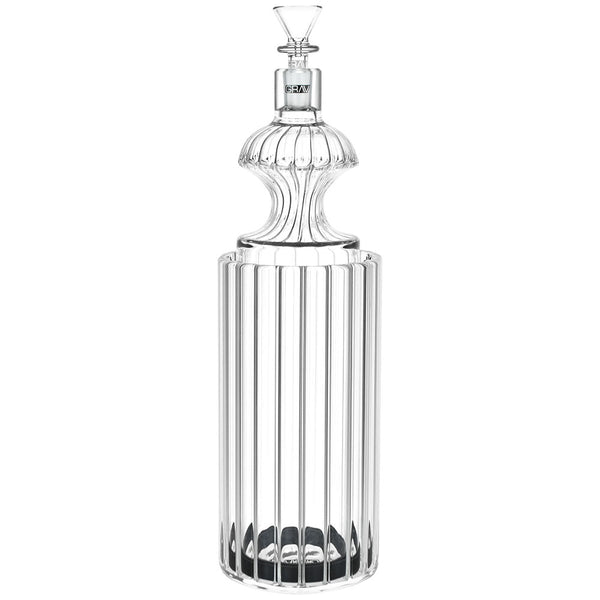
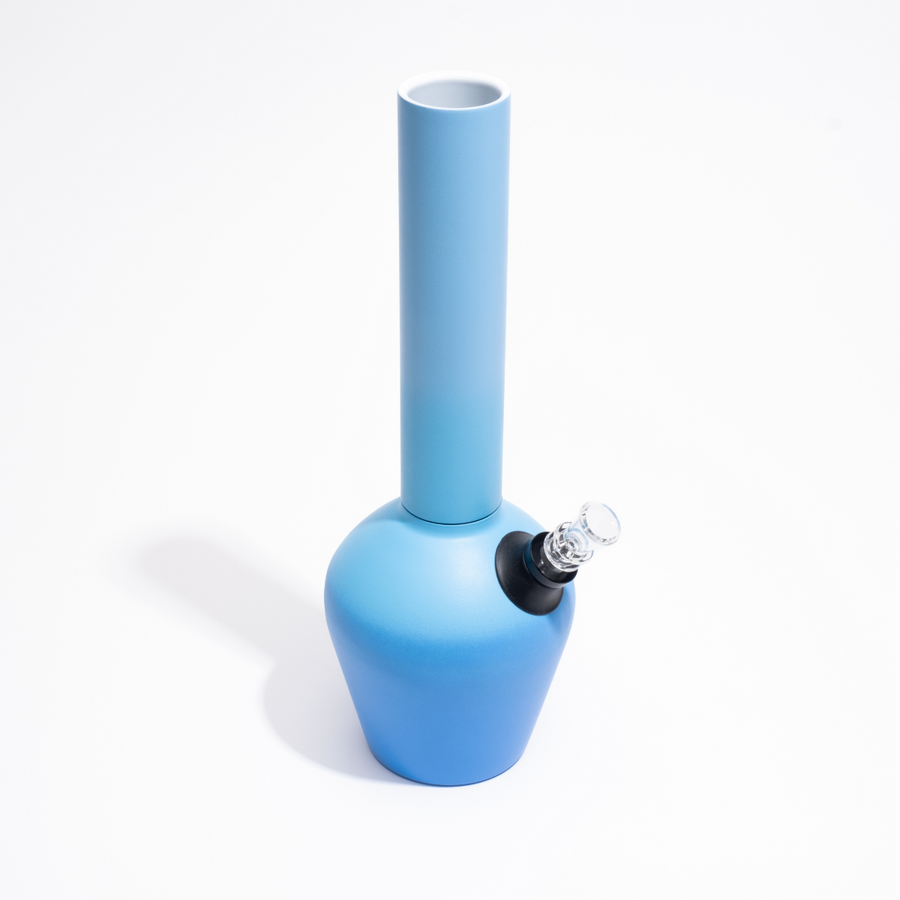
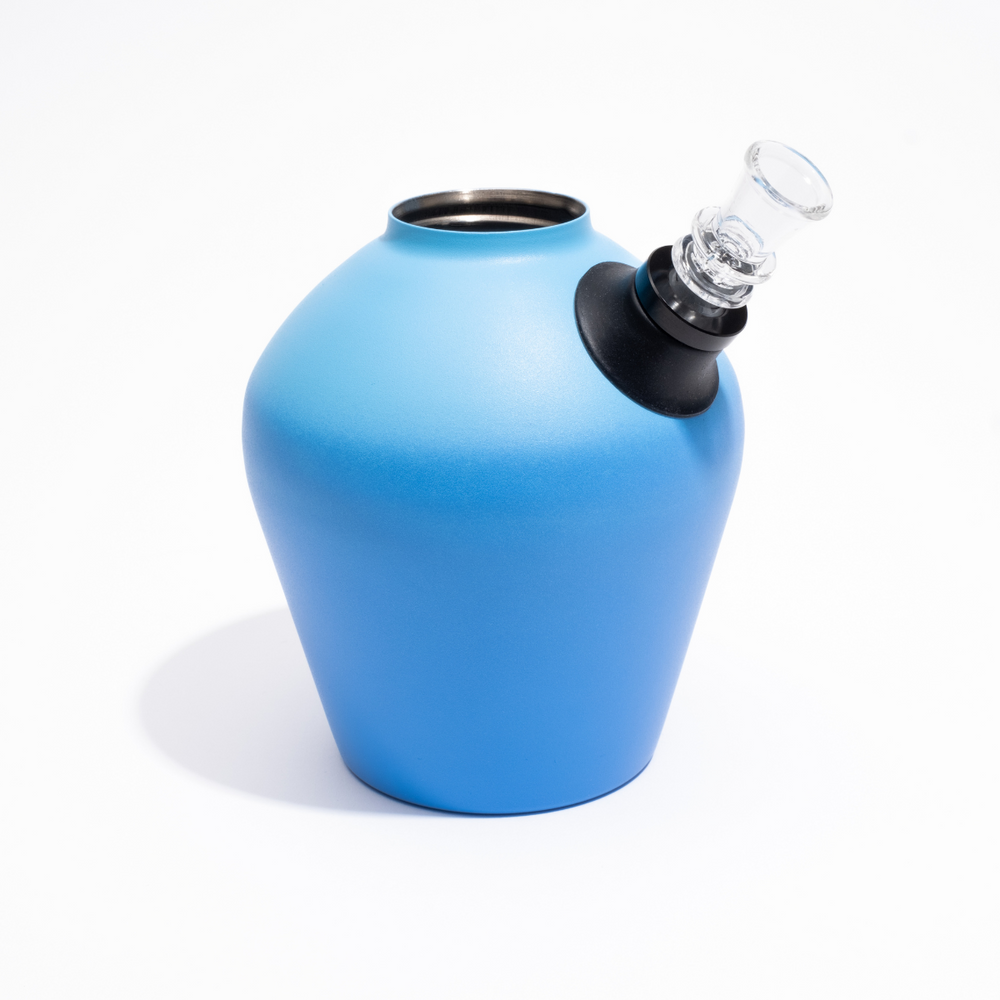
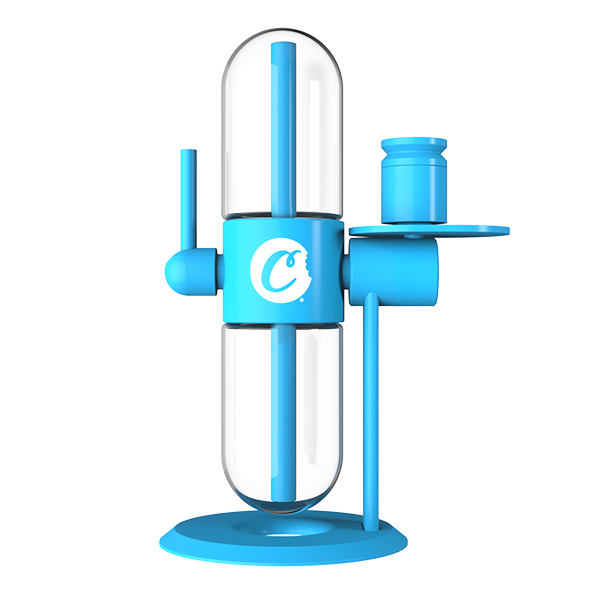
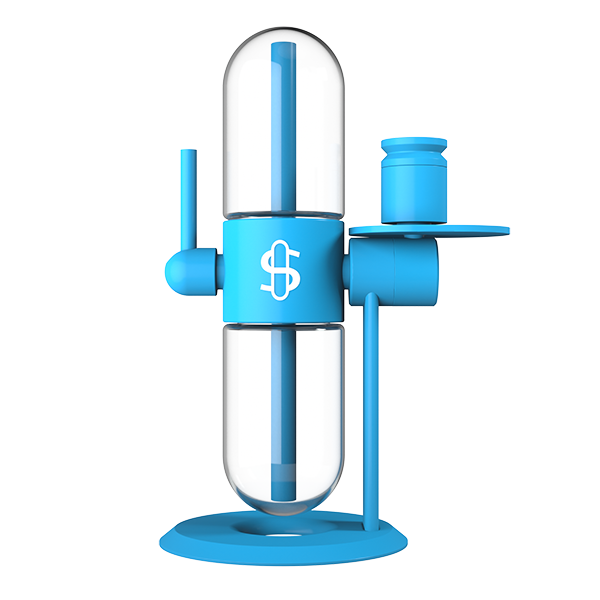
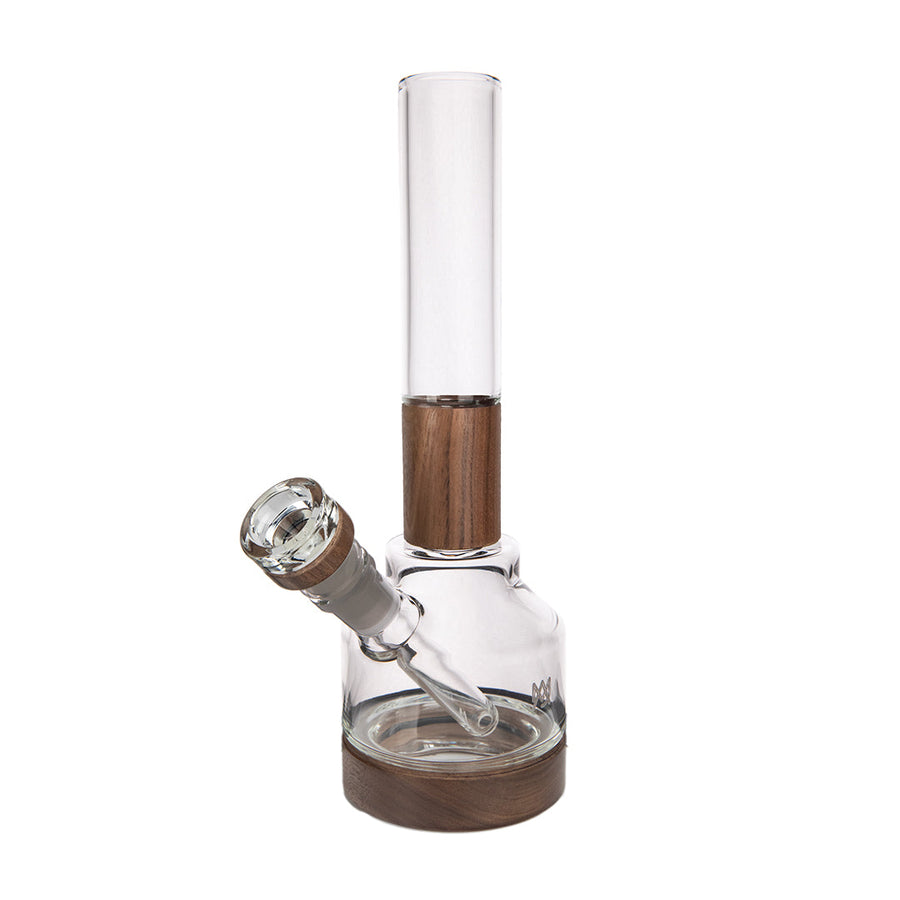
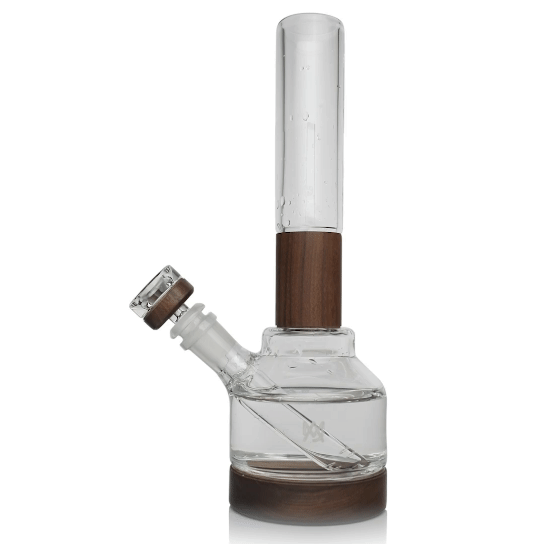
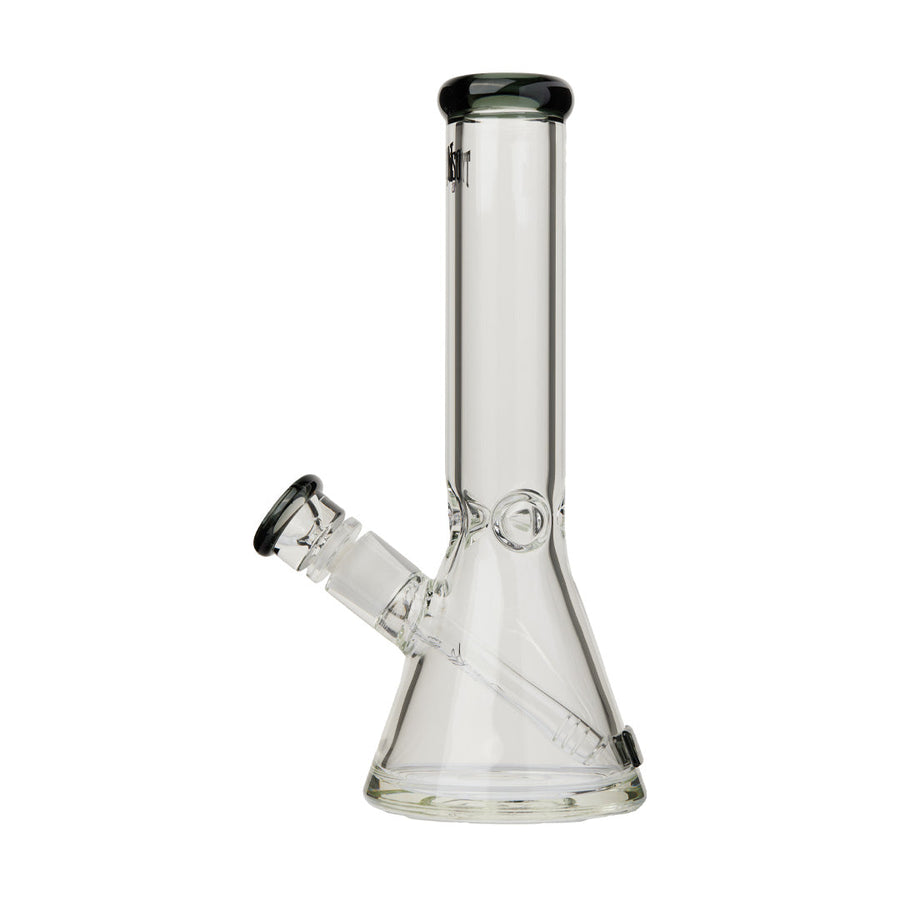
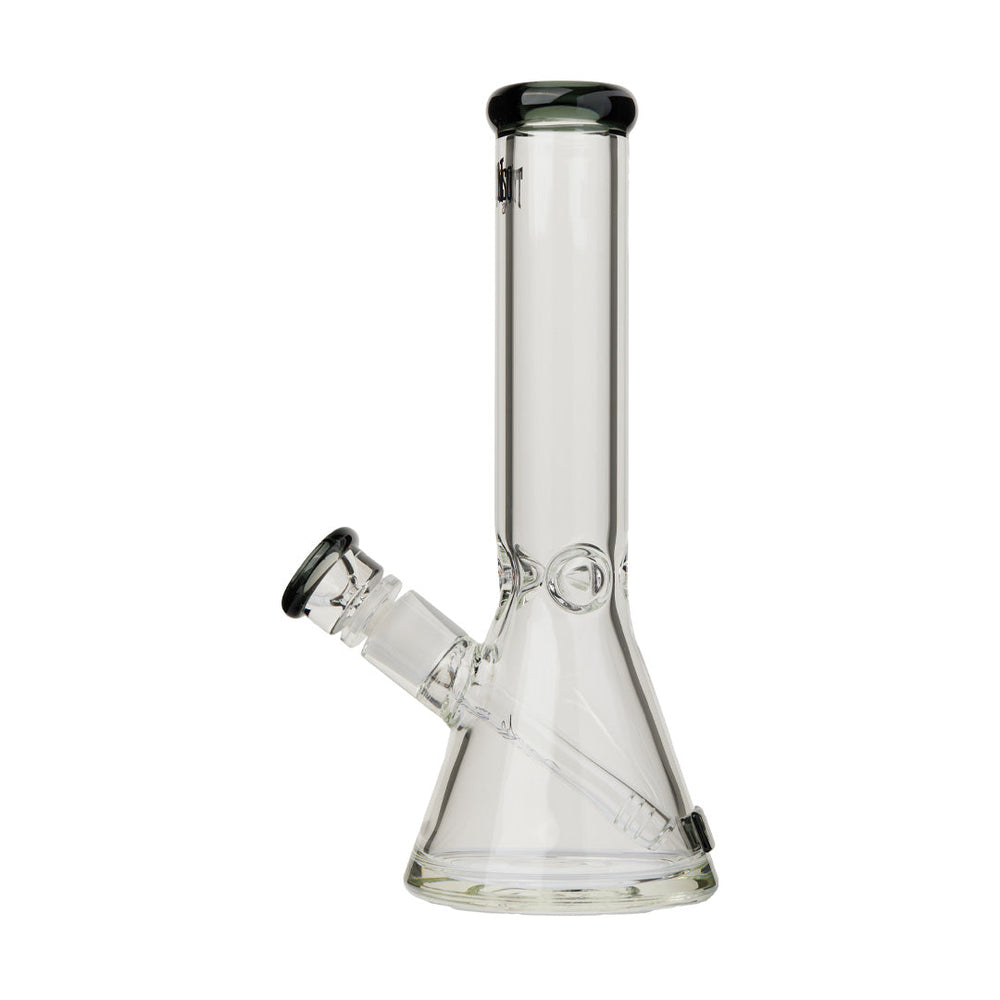
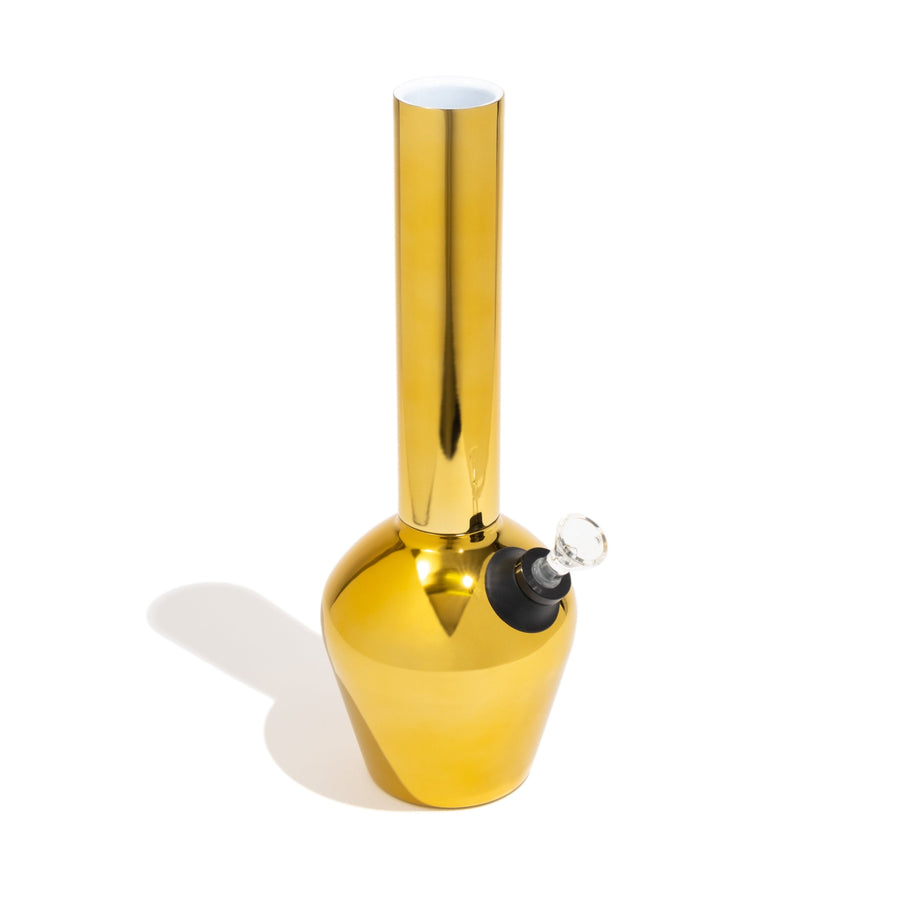
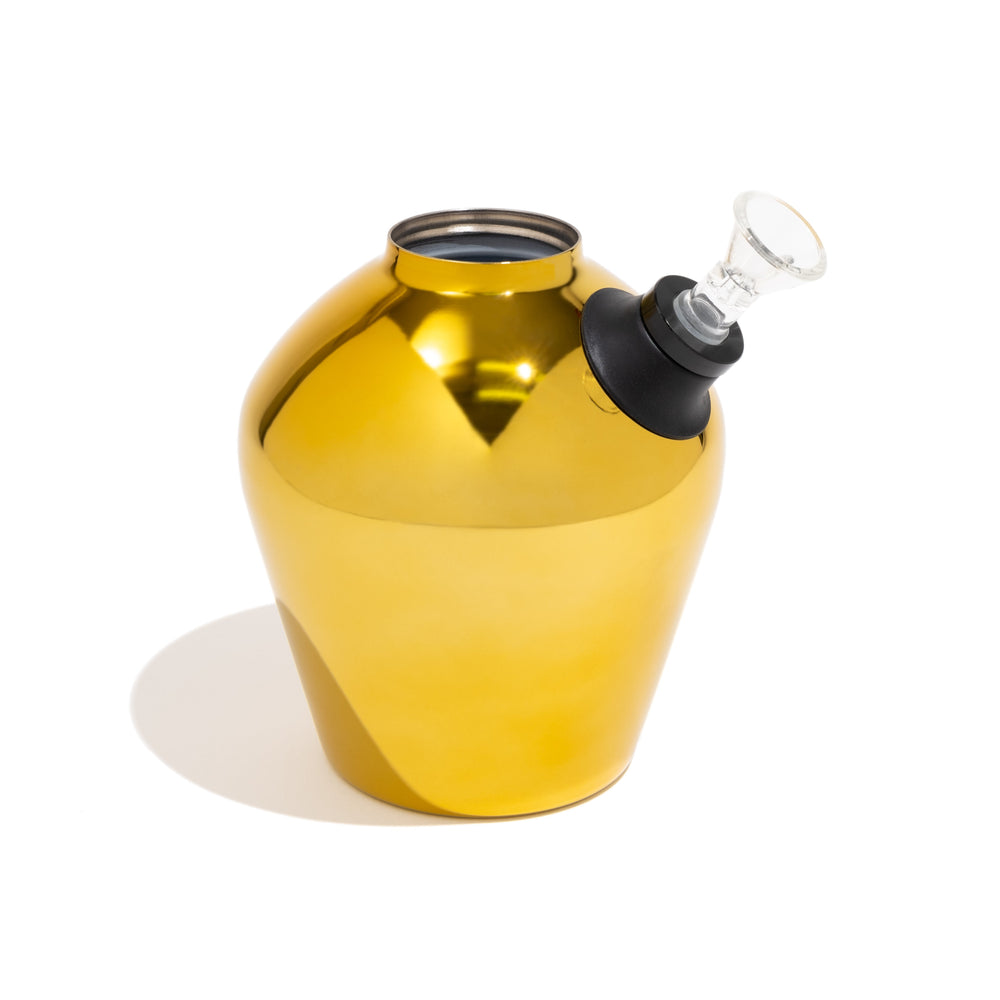
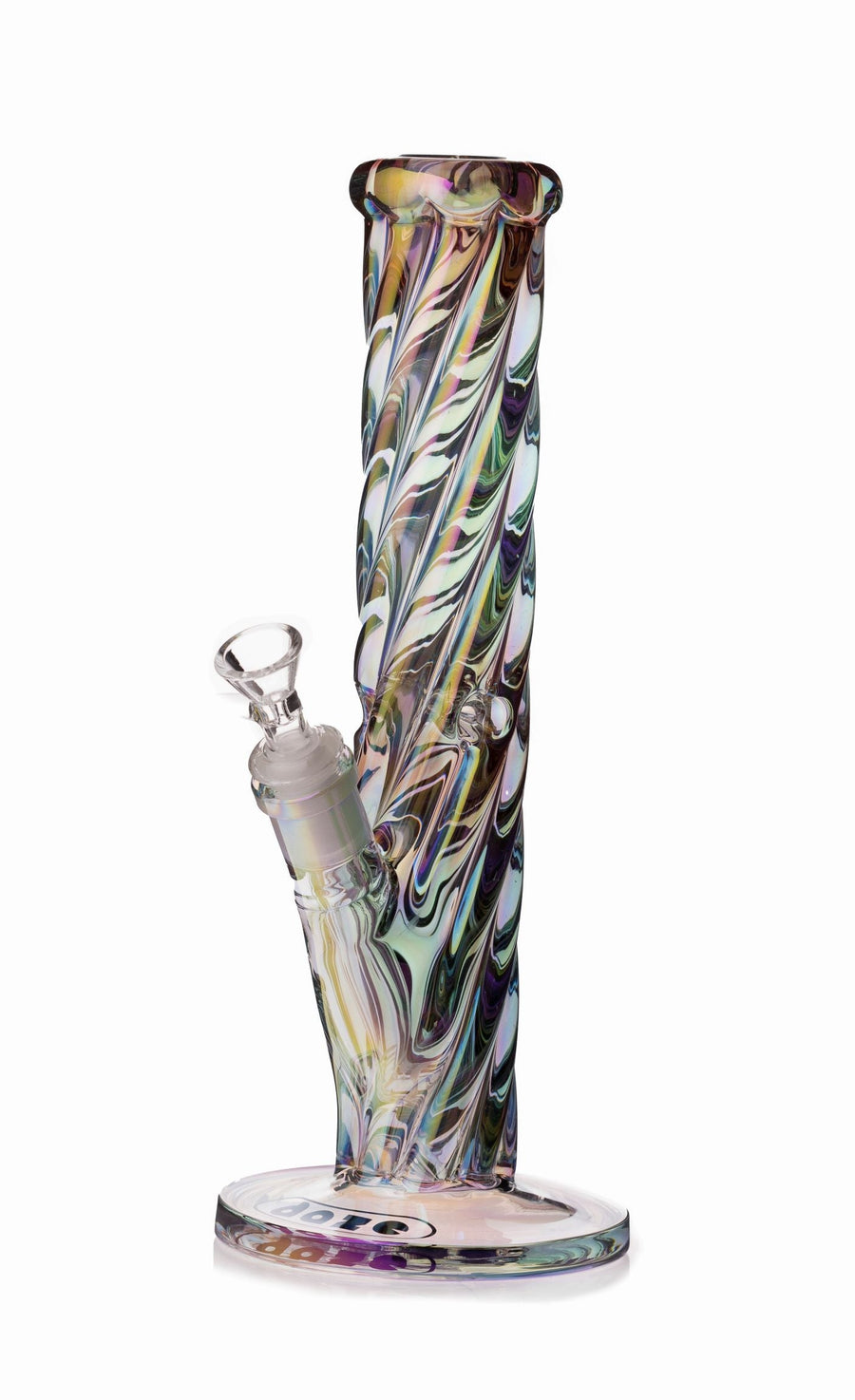
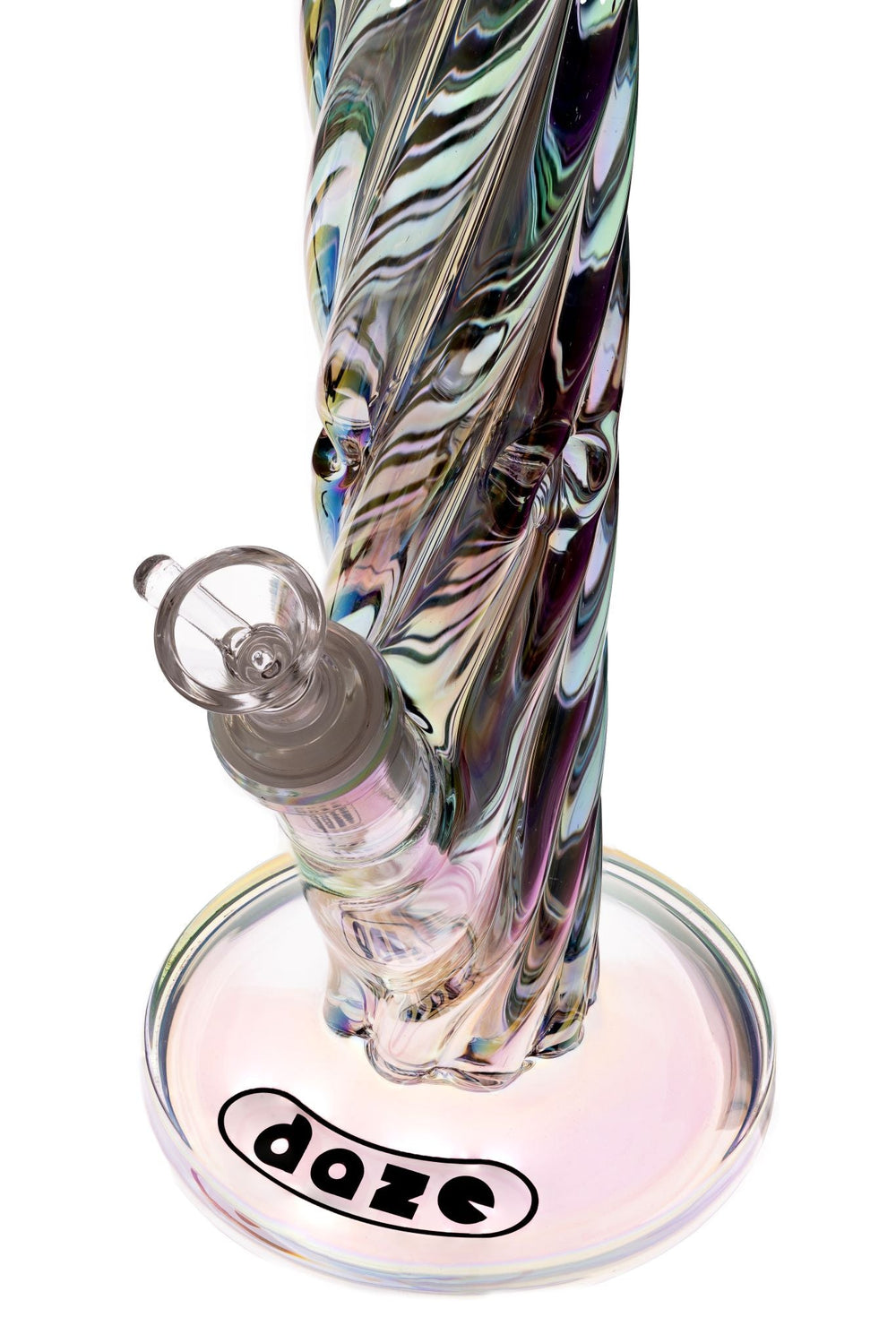


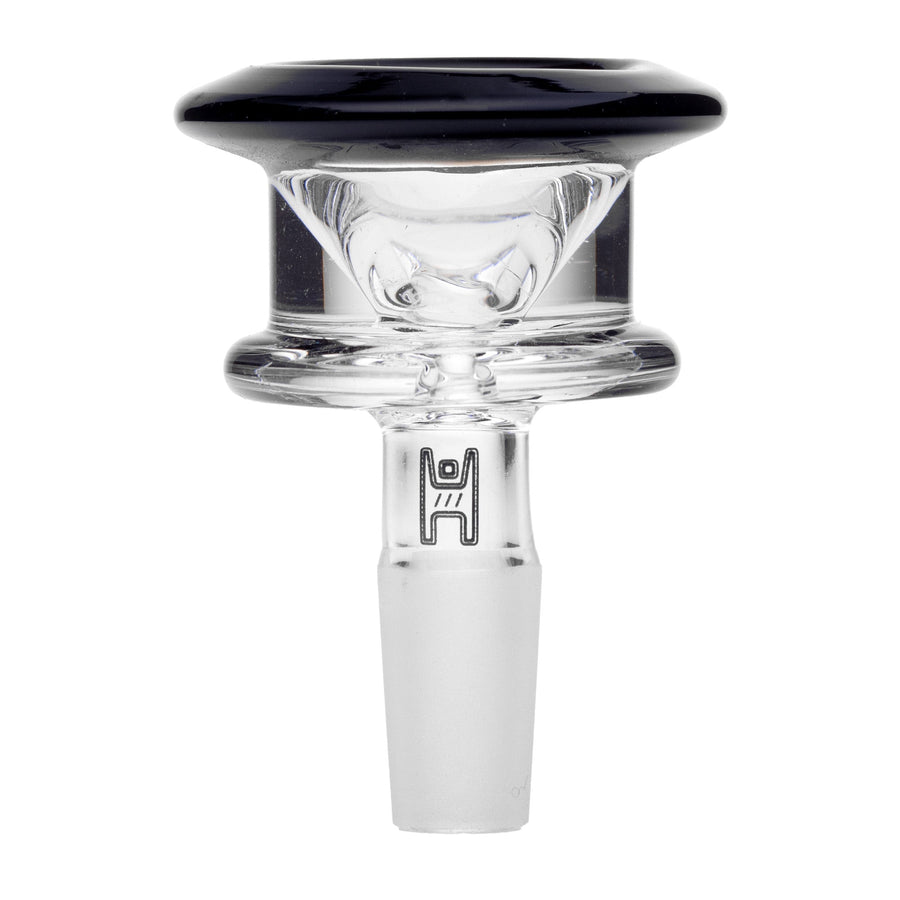
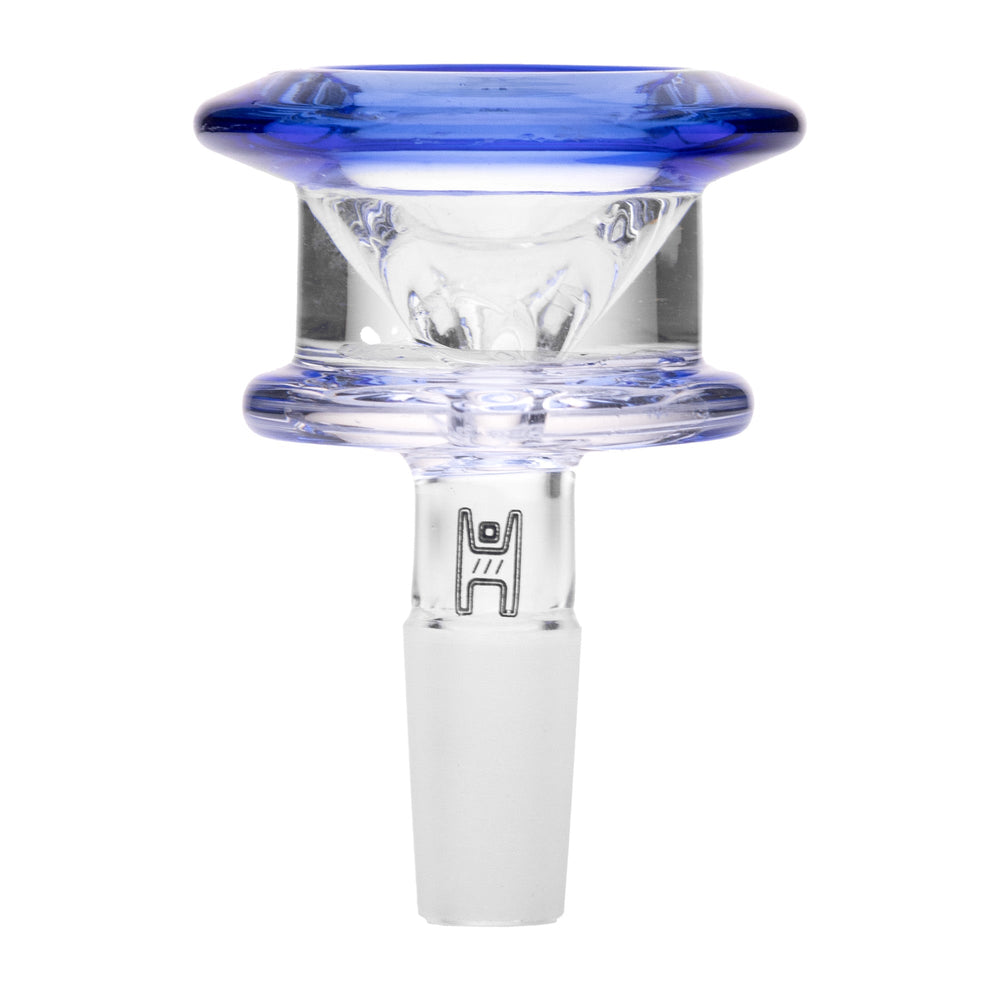
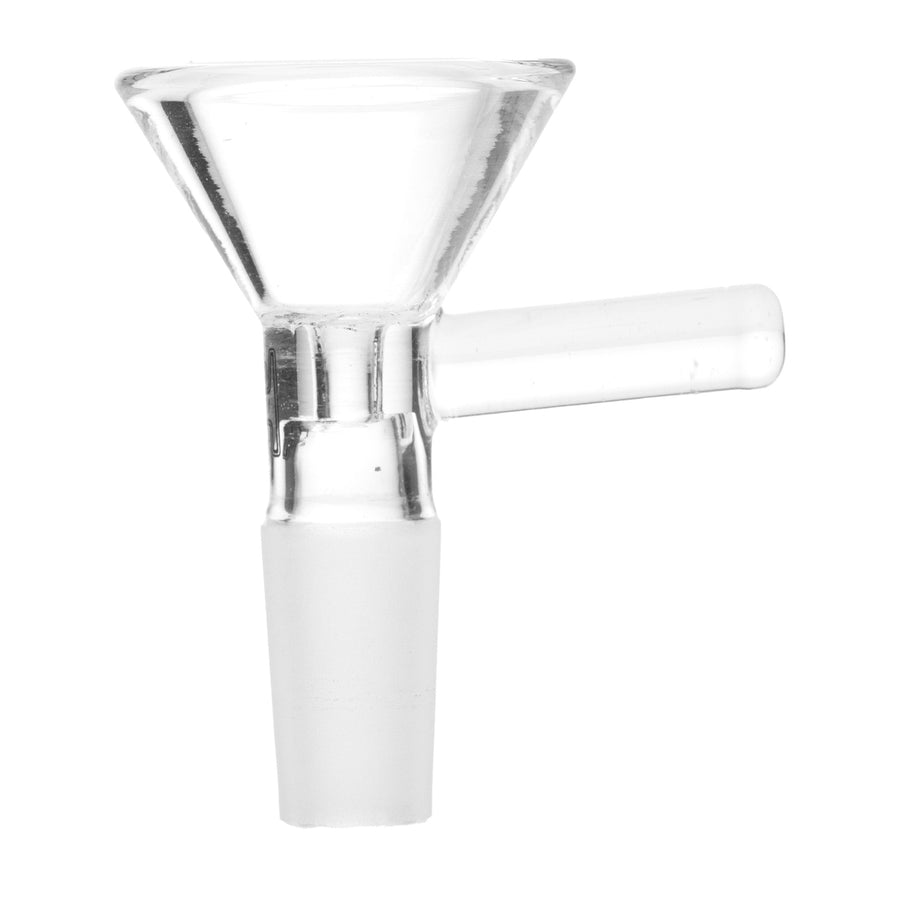
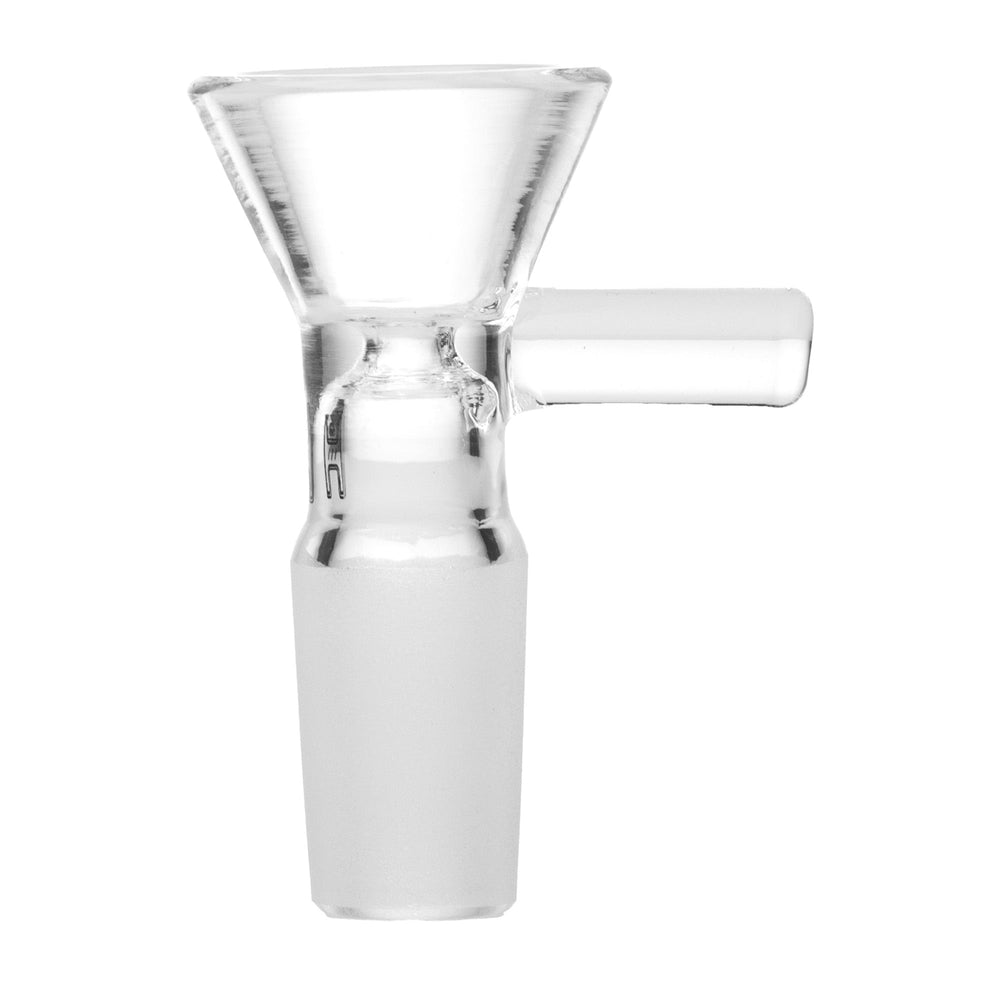











![Pipe by Vessel [Gunmetal]](https://cdn.shopify.com/s/files/1/0585/8462/9443/files/Pipe_Gunmetal_Angle_500x500.jpg?v=1744306453)






